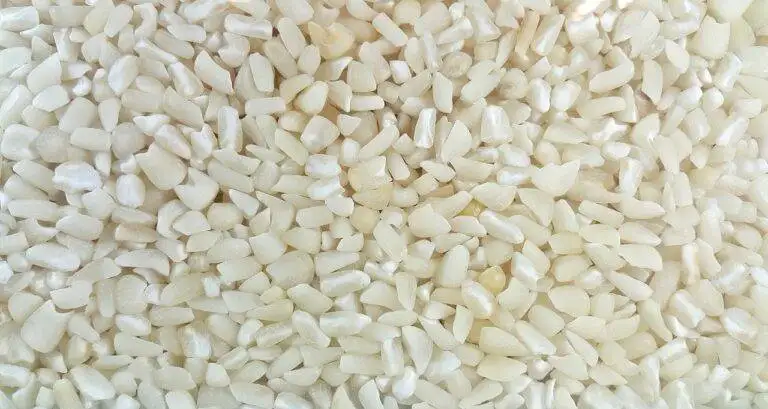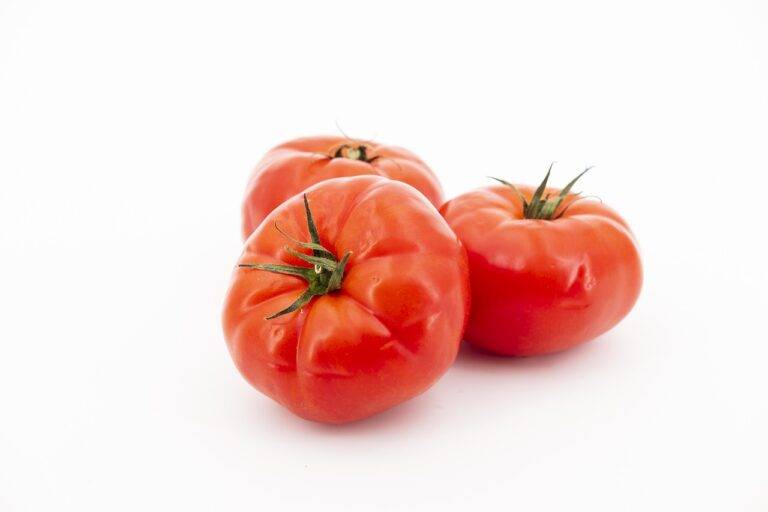Food and Economics: Analyzing the Global Food Market Trends and Impacts
Meeting the demands of a growing global population remains a significant challenge in the global food market. With population growth projected to reach over 9 billion by 2050, ensuring food security for all is a pressing issue. Supply chain disruptions, political instability, and natural disasters further complicate the distribution of food around the world, exacerbating the challenge of meeting the needs of a growing population.
Additionally, economic inequalities and access to resources create disparities in food availability and affordability. While some regions struggle with food scarcity and malnutrition, others face issues related to overconsumption and food waste. Balancing these disparities and ensuring equitable access to nutritious food for all remains a key challenge in the global food market.
Factors Influencing Food Prices
Factors influencing food prices are multifaceted and can vary greatly depending on a range of factors. One of the primary drivers of food prices is the supply and demand dynamics in the market. When the demand for a particular food item outstrips its supply, prices tend to increase as sellers capitalize on the scarcity. Conversely, when there is an oversupply of food products, prices may decrease due to heightened competition among suppliers.
Another significant factor influencing food prices is the cost of production. Fluctuations in the prices of inputs such as fuel, fertilizer, and labor can impact the overall cost of producing food. These production costs are then passed on to consumers in the form of higher prices. Additionally, factors such as government policies, trade tariffs, and market speculation can also play a role in influencing food prices, further complicating the already intricate web of determinants shaping food costs.
• Supply and demand dynamics play a crucial role in determining food prices
• Scarcity of a particular food item can lead to price increases
• Oversupply can result in price decreases due to heightened competition among suppliers
• Fluctuations in the prices of inputs like fuel, fertilizer, and labor impact production costs
• Production costs are passed on to consumers through higher prices
• Government policies, trade tariffs, and market speculation also influence food prices
Impact of Climate Change on Food Production
Climate change poses a significant threat to global food production. Rising temperatures, unpredictable weather patterns, and extreme events like droughts and floods are disrupting agricultural systems worldwide. These changes are affecting crop yields, water availability, and the prevalence of pests and diseases, making it increasingly challenging for farmers to produce enough food to meet the growing population’s needs.
In addition to directly impacting crop production, climate change also affects food security by exacerbating food price volatility. As agricultural output fluctuates due to changing climate conditions, food prices become more unstable, leading to increased financial strain for both consumers and producers. This volatility can disproportionately impact vulnerable populations who may struggle to afford essential food items during times of scarcity.
How is climate change affecting food production?
Climate change is affecting food production by causing extreme weather events such as droughts, floods, and storms, leading to crop failures and reduced yields.
What are some challenges faced by the global food market?
Some challenges faced by the global food market include increasing demand for food due to population growth, limited availability of arable land, and the impact of climate change on food production.
What are some factors influencing food prices?
Factors influencing food prices include weather conditions, transportation costs, changes in demand and supply, trade policies, and the cost of inputs such as energy and fertilizers.
How can farmers adapt to the impact of climate change on food production?
Farmers can adapt to the impact of climate change on food production by implementing sustainable farming practices, using drought-resistant crop varieties, investing in irrigation systems, and diversifying their crops.







